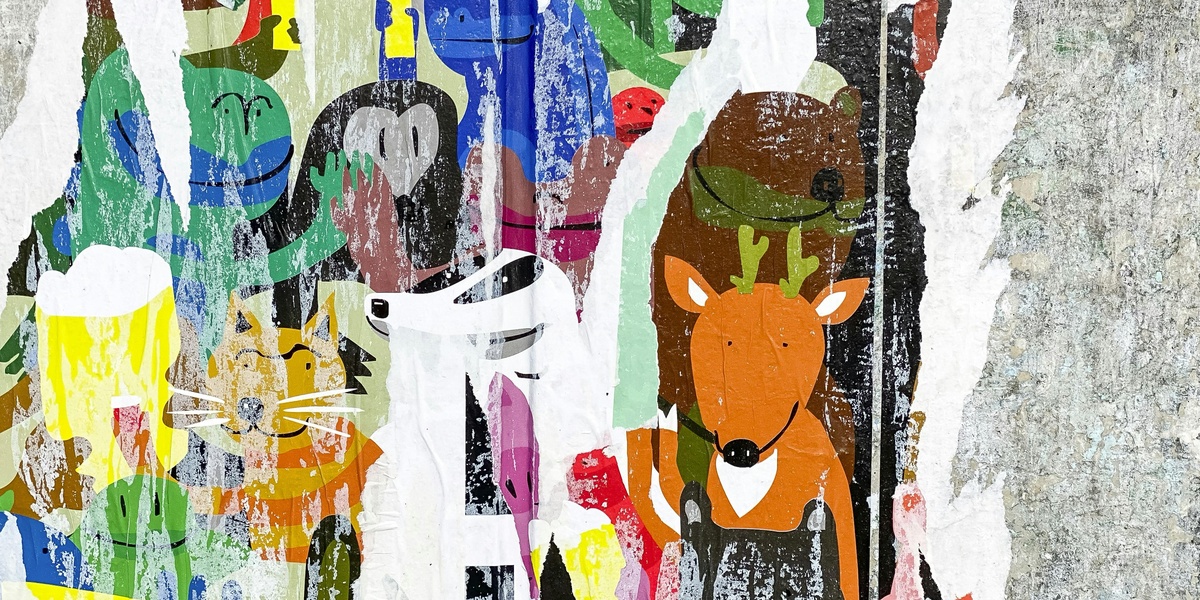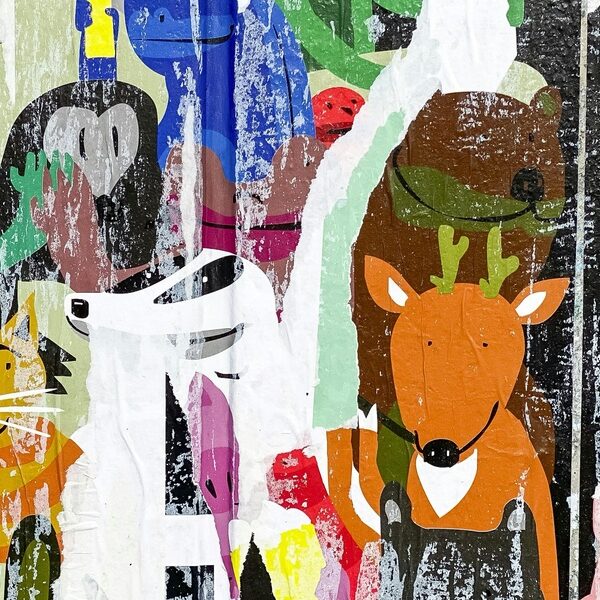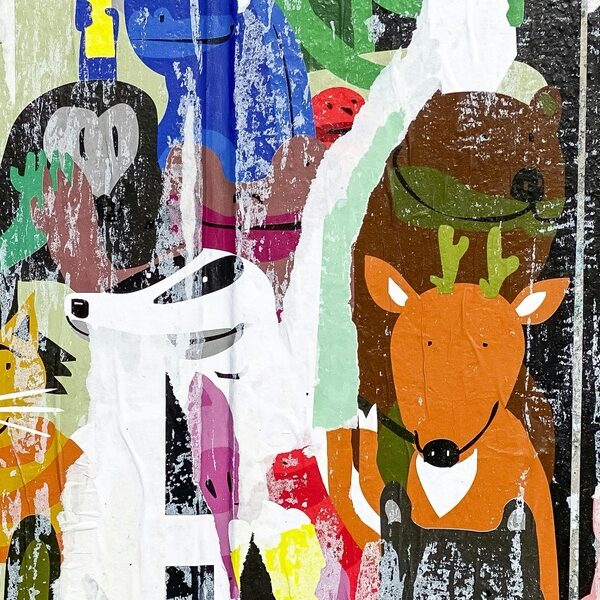This list includes 45 Common Animals that start with B, from “Baboon” to “Buzzard”. It covers familiar mammals, birds, reptiles, and insects found worldwide, useful for classroom lists, quick reference, or nature guides.
Common Animals that start with B are familiar species or well-known groups whose common names begin with the letter B. For example, baboons appear in ancient Egyptian art and folklore as symbols of intelligence and protection.
Below you’ll find the table with common name, scientific name, order, and habitat/distribution.
Common name: The everyday name you recognize, helping you quickly identify species and match them to field guides or classroom lists.
Scientific name: The Latin binomial gives precise species identification so you can distinguish similar animals and search scientific records.
Order: The taxonomic group shows broader biological relationships, helping you see evolutionary links and related families.
Habitat/distribution: A short note on typical environments and geographic range, so you learn where to observe or study the animal.
Methodology note: The list prioritizes widely used common names paired with accepted scientific names and typical orders. It focuses on well-known species rather than obscure subspecies.
A–Z index: Use the companion index to jump to other letters from A to Z for comparable animal lists.
Common Animals that start with B
| COMMON NAME | SCIENTIFIC NAME | ORDER | HABITAT/DISTRIBUTION |
|---|---|---|---|
| Baboon | Papio | Primates | African and Arabian savannas and woodlands. |
| Badger | Meles meles | Carnivora | Woodlands and grasslands across Europe and Asia. |
| Bald Eagle | Haliaeetus leucocephalus | Accipitriformes | North America, near large bodies of water. |
| Bandicoot | Peramelemorphia | Peramelemorphia | Australia, New Guinea, and surrounding islands. |
| Barn Owl | Tyto alba | Strigiformes | Worldwide, on every continent except Antarctica. |
| Barnacle | Cirripedia | Sessilia | Worldwide marine environments, attached to hard surfaces. |
| Barracuda | Sphyraena | Scombriformes | Tropical and subtropical oceans, near reefs and coastlines. |
| Basking Shark | Cetorhinus maximus | Lamniformes | Temperate oceans worldwide. |
| Bass | Various genera | Perciformes | Freshwater and marine environments worldwide. |
| Bat | Chiroptera | Chiroptera | Worldwide, except for extreme polar regions. |
| Bear | Ursidae | Carnivora | Widespread in North America, South America, Europe, and Asia. |
| Beaver | Castor canadensis | Rodentia | North American forests, rivers, and ponds. |
| Bed Bug | Cimex lectularius | Hemiptera | Worldwide, in human dwellings. |
| Bee | Anthophila | Hymenoptera | Worldwide, wherever there are flowering plants. |
| Beetle | Coleoptera | Coleoptera | Found in nearly every habitat worldwide. |
| Beluga Whale | Delphinapterus leucas | Artiodactyla (Cetacea) | Arctic and sub-Arctic waters. |
| Bighorn Sheep | Ovis canadensis | Artiodactyla | Mountains and deserts of western North America. |
| Binturong | Arctictis binturong | Carnivora | Rainforests of Southeast Asia. |
| Bison | Bison bison | Artiodactyla | Grasslands and open woodlands of North America. |
| Black Bear | Ursus americanus | Carnivora | Forests across North America. |
| Black Widow Spider | Latrodectus | Araneae | Temperate and tropical regions worldwide. |
| Blackbird | Turdus merula | Passeriformes | Europe, Asia, and North Africa. |
| Blowfish | Tetraodontidae | Tetraodontiformes | Mostly tropical and subtropical marine waters. |
| Blue Crab | Callinectes sapidus | Decapoda | Atlantic coast of the Americas. |
| Blue Jay | Cyanocitta cristata | Passeriformes | Forests of eastern and central North America. |
| Blue Whale | Balaenoptera musculus | Artiodactyla (Cetacea) | All oceans worldwide. |
| Bluebird | Sialia | Passeriformes | Open woodlands and farmlands across North America. |
| Blue-footed Booby | Sula nebouxii | Suliformes | Pacific coasts of Central and South America. |
| Boa Constrictor | Boa constrictor | Squamata | Tropical Central and South America. |
| Bobcat | Lynx rufus | Carnivora | Forests, swamps, and deserts throughout North America. |
| Boll Weevil | Anthonomus grandis | Coleoptera | Cotton-growing regions of North and South America. |
| Bombardier Beetle | Brachinini | Coleoptera | Woodlands and grasslands on most continents. |
| Bonobo | Pan paniscus | Primates | Rainforests of the Democratic Republic of Congo. |
| Bongo | Tragelaphus eurycerus | Artiodactyla | Dense tropical forests of Africa. |
| Box Jellyfish | Cubozoa | Cubomedusae | Tropical and subtropical coastal waters, especially Indo-Pacific. |
| Box Turtle | Terrapene | Testudines | Forests and grasslands of North America. |
| Brittle Star | Ophiuroidea | Ophiurida | Seabed habitats worldwide, from shallow waters to deep sea. |
| Brown Bear | Ursus arctos | Carnivora | Northern Eurasia and North America. |
| Budgerigar | Melopsittacus undulatus | Psittaciformes | Native to the grasslands and scrublands of Australia. |
| Buffalo | Syncerus caffer / Bubalus bubalis | Artiodactyla | Africa (Cape Buffalo) and Asia (Water Buffalo). |
| Bullfrog | Lithobates catesbeianus | Anura | Ponds and swamps; native to North America, introduced worldwide. |
| Bumblebee | Bombus | Hymenoptera | Widespread in the Northern Hemisphere and South America. |
| Bush Baby | Galagidae | Primates | Forests and woodlands across sub-Saharan Africa. |
| Butterfly | Rhopalocera | Lepidoptera | Worldwide, in diverse habitats from tropics to tundra. |
| Buzzard | Buteo buteo | Accipitriformes | Widespread across Europe and Asia. |
Descriptions
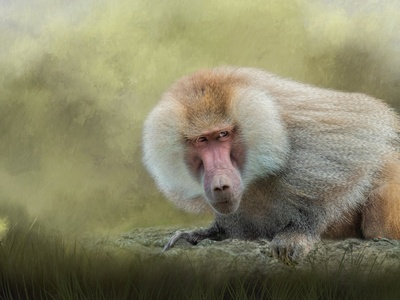
Baboon
Large, ground-dwelling monkeys with dog-like muzzles and powerful jaws. They are highly social, living in complex troops with a clear hierarchy.
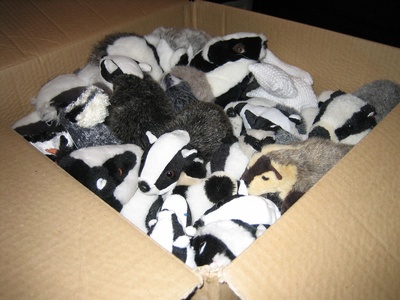
Badger
A stout, nocturnal mammal known for its powerful claws and extensive underground burrows called setts. It has a distinctive black and white striped face.
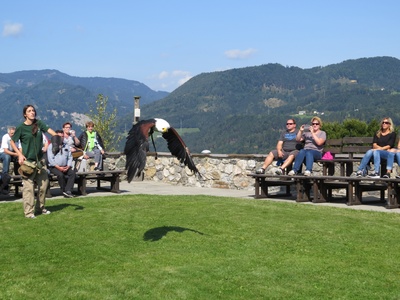
Bald Eagle
The national bird of the United States, famous for its white head and tail feathers which contrast with its dark brown body and hooked yellow beak.
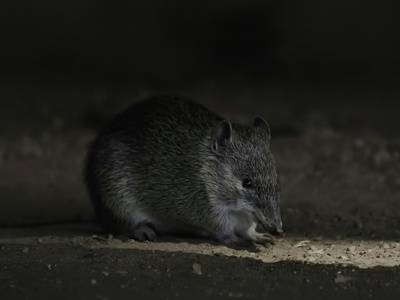
Bandicoot
Small marsupials with a pointed head, strong claws for digging, and a rear-facing pouch. They are nocturnal omnivores, feeding on insects and plants.
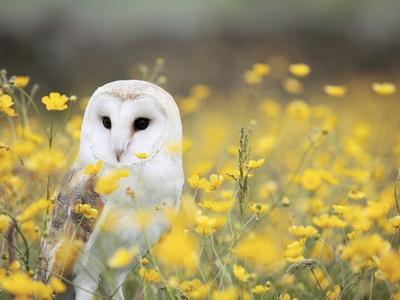
Barn Owl
A distinctive owl with a white, heart-shaped face, silent flight, and a haunting screech. It is a nocturnal hunter of small rodents in open country.
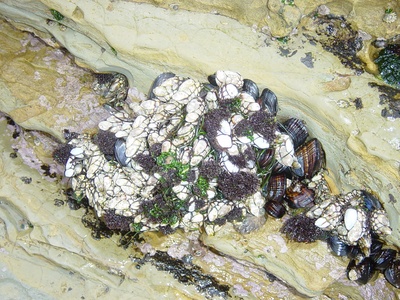
Barnacle
A type of crustacean that permanently attaches itself to rocks, ship hulls, and even whales. It uses feathery legs to filter feed from the water.
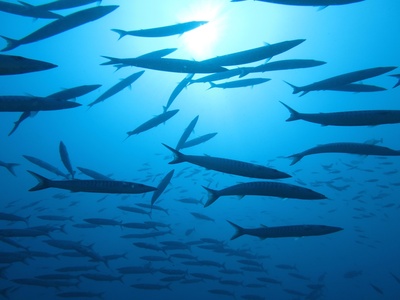
Barracuda
A large, predatory fish known for its long, streamlined body and menacing jaw filled with sharp, fang-like teeth. They are formidable ambush predators.
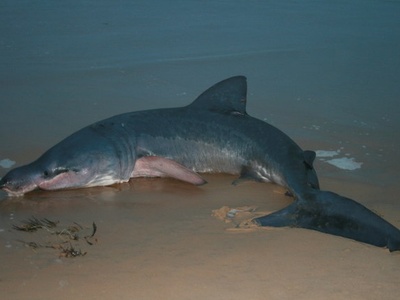
Basking Shark
The second-largest living fish, after the whale shark. It is a slow-moving filter-feeder, often seen swimming near the surface with its huge mouth open.
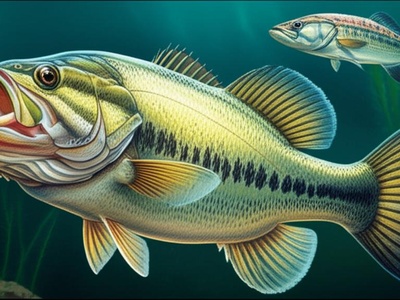
Bass
A popular game fish encompassing many species, including largemouth bass and sea bass. They are known for their predatory nature and fighting ability.
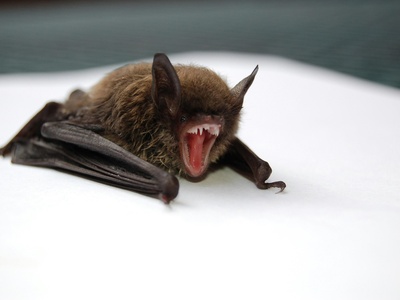
Bat
The only mammals capable of true, sustained flight. Most are nocturnal, using echolocation to navigate and find insects, fruit, or nectar.
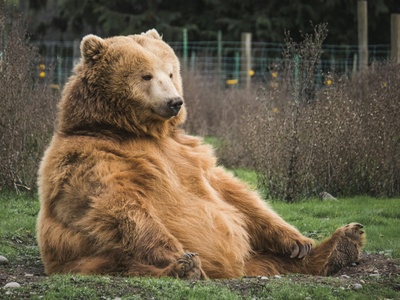
Bear
Large, stocky mammals with non-retractable claws. Species range from the giant polar bear to the herbivorous giant panda. Most are omnivores.
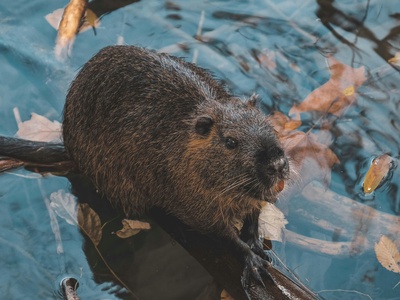
Beaver
A large, semi-aquatic rodent famous for building dams and lodges using trees. Its flat, scaly tail is used for steering in water and signaling danger.
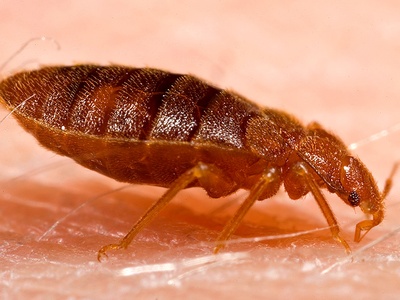
Bed Bug
A small, parasitic insect that feeds on the blood of sleeping humans and animals. They are known for hiding in mattresses, furniture, and crevices.
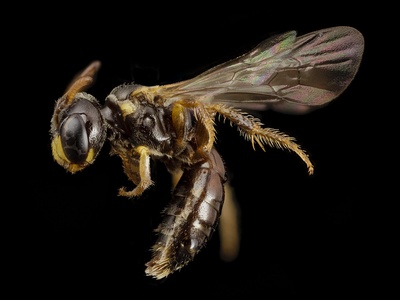
Bee
Flying insects closely related to wasps and ants, renowned for their crucial role in pollination. Many species, like honey bees, live in social colonies.
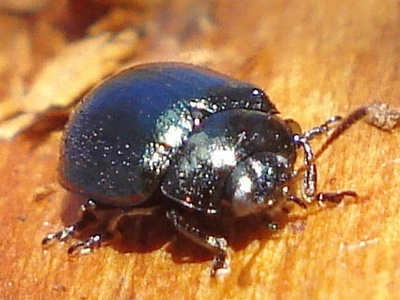
Beetle
The largest order of insects, with over 400,000 species. They are characterized by their hard forewings, called elytra, which protect their hind wings.
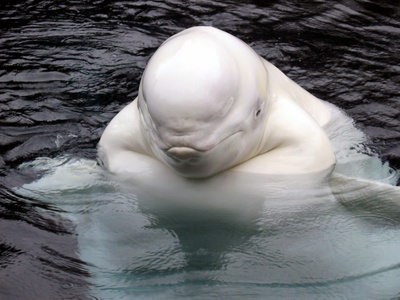
Beluga Whale
A small, white whale known for its flexible neck and bulbous forehead, or ‘melon’. They are very social and vocal, often called “canaries of the sea.”
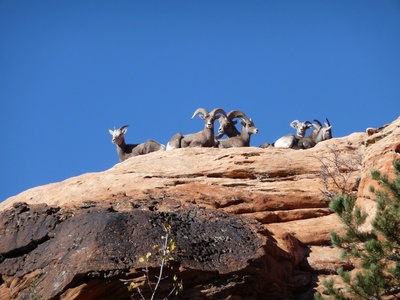
Bighorn Sheep
A species of sheep known for the massive, curved horns of the males (rams). Rams often clash horns in dramatic battles for dominance.
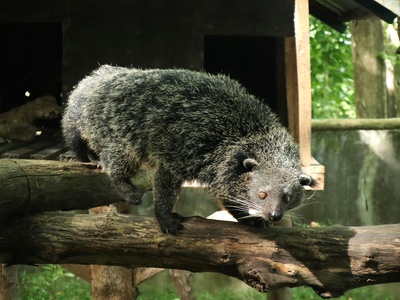
Binturong
Also known as a bearcat, this unique mammal has a prehensile tail and scent glands that smell like buttered popcorn. It is a nocturnal omnivore.
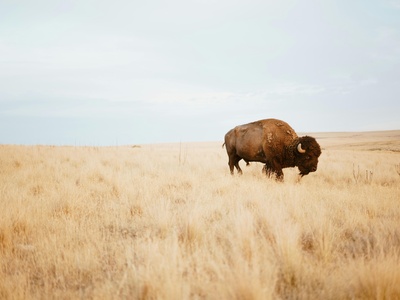
Bison
The largest mammal in North America, often incorrectly called a buffalo. It is characterized by a shaggy coat and a massive shoulder hump.
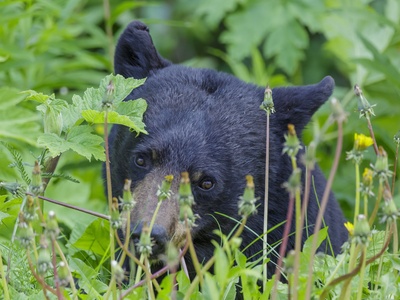
Black Bear
The most common bear in North America. Despite its name, its coat can be black, brown, cinnamon, or even white. It is an opportunistic omnivore.
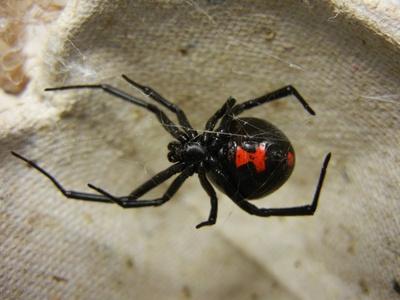
Black Widow Spider
A venomous spider recognized by the female’s shiny black body and red hourglass-shaped marking on her abdomen. Its bite is potent but rarely fatal to humans.
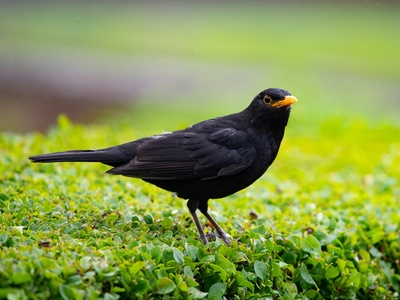
Blackbird
A common thrush where the male is all black with a yellow beak and eye-ring. Known for its beautiful, melodic song, especially at dawn and dusk.
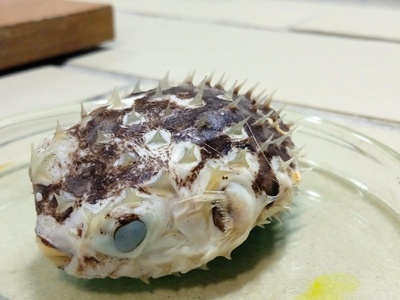
Blowfish
Also known as pufferfish, they can inflate into a ball shape to evade predators. Many species contain tetrodotoxin, a powerful and deadly neurotoxin.
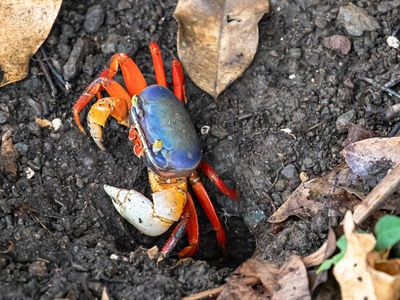
Blue Crab
A species of crab prized for its sweet meat. It is recognizable by its olive to blue-green shell and bright blue claws, especially on males.
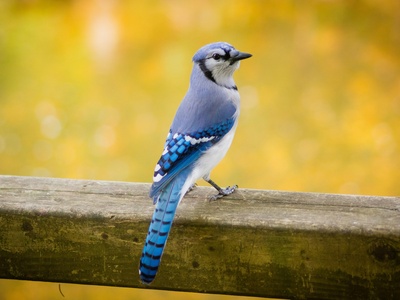
Blue Jay
A noisy, intelligent bird with striking blue, white, and black plumage and a prominent crest. It is known for its complex social systems and varied calls.
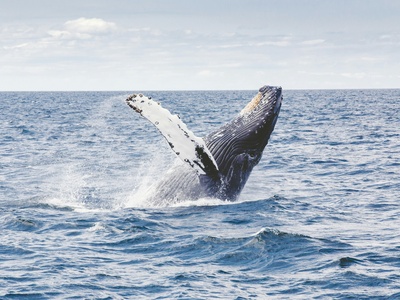
Blue Whale
The largest animal on Earth, both now and in history. It is a baleen whale, feeding almost exclusively on tiny crustaceans called krill.
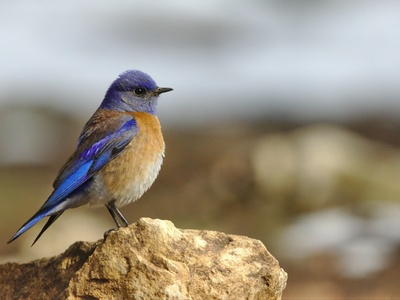
Bluebird
A medium-sized thrush known for the male’s brilliant blue plumage. They are a symbol of happiness and are often attracted to nesting boxes in gardens.
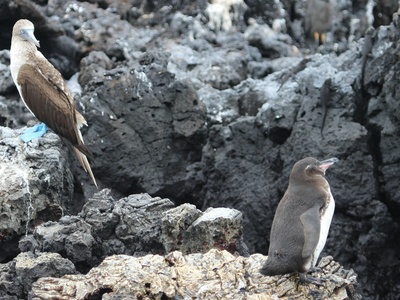
Blue-footed Booby
A marine bird famous for its bright blue, webbed feet, which play a key role in courtship rituals. They are skilled plunge-divers for fish.
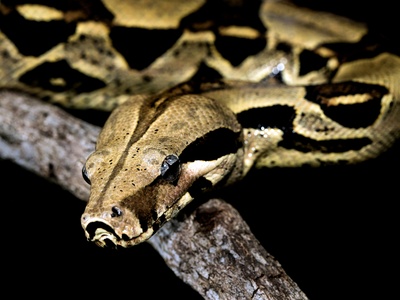
Boa Constrictor
A large, non-venomous snake that kills its prey by coiling around it and squeezing, a method called constriction. It has distinctive saddle-like markings.
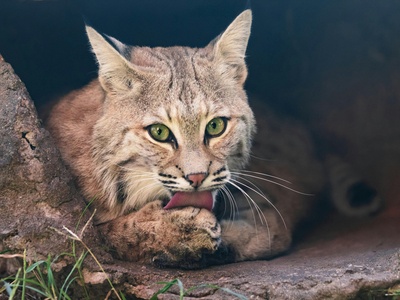
Bobcat
A medium-sized wild cat named for its short, “bobbed” tail. It is an adaptable predator, hunting rabbits, birds, and other small animals.
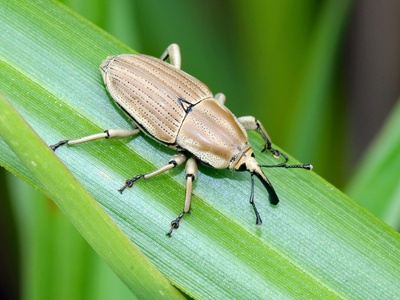
Boll Weevil
A small beetle that feeds on cotton buds and flowers. It became a notorious agricultural pest, devastating the American cotton industry in the early 20th century.
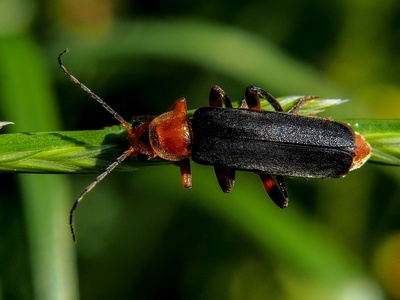
Bombardier Beetle
Famous for its unique defense mechanism: it ejects a hot, noxious chemical spray from its abdomen with a popping sound to deter predators.
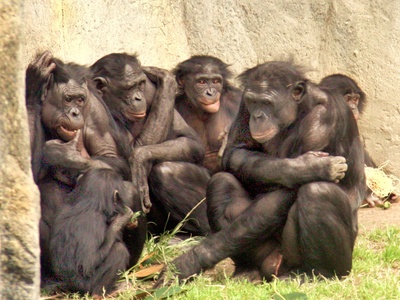
Bonobo
An endangered great ape and one of humanity’s closest living relatives. Bonobos are known for their matriarchal, peaceful, and highly social communities.
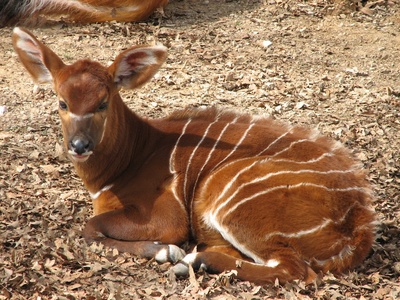
Bongo
A large, striking forest antelope with a reddish-brown coat, thin white stripes, and long, spiraled horns. It is a shy and mostly nocturnal herbivore.
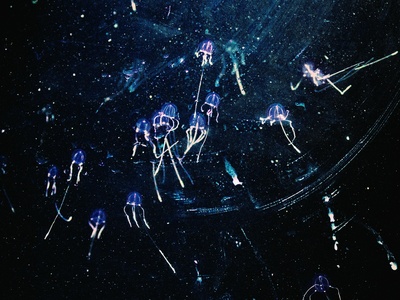
Box Jellyfish
A cube-shaped jellyfish known for its extremely potent venom, considered among the most deadly in the world. It has multiple eyes and can swim actively.
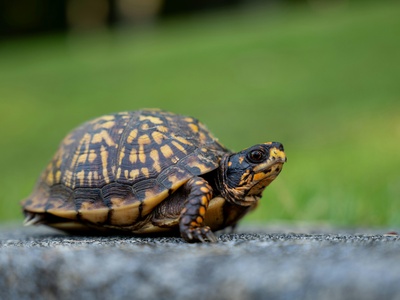
Box Turtle
A turtle known for its dome-shaped shell and a hinged lower shell that allows it to completely close itself up for protection from predators.
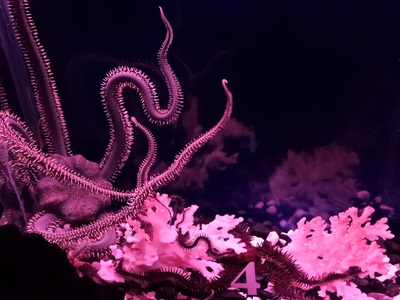
Brittle Star
A starfish relative with a central body disk and long, flexible arms. Its arms break off easily as a defense mechanism but can be regenerated.
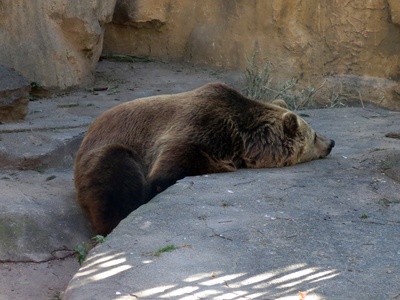
Brown Bear
A large bear with a prominent shoulder hump. Grizzly bears and Kodiak bears are well-known subspecies. They are powerful and adaptable omnivores.
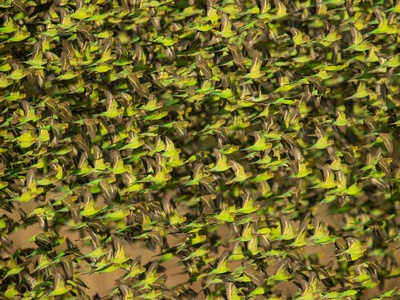
Budgerigar
A small, long-tailed parrot, often called a “budgie” or parakeet. Wild budgerigars are green and yellow, but domestic breeds come in many colors.
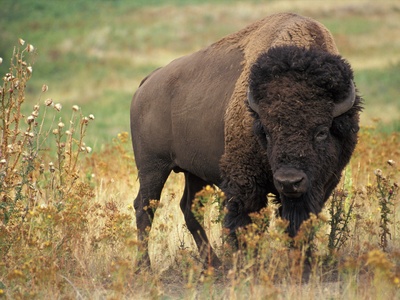
Buffalo
Large, powerful bovines with massive horns. African Cape buffalo are famously dangerous, while Asian water buffalo are often domesticated for farm work.
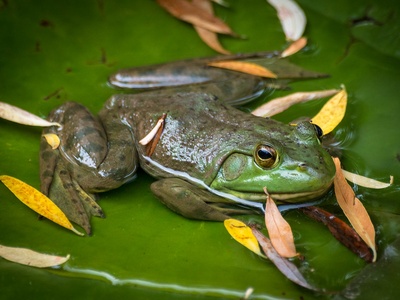
Bullfrog
The largest frog in North America, named for its deep, bull-like call. It has a voracious appetite, eating almost anything it can swallow.
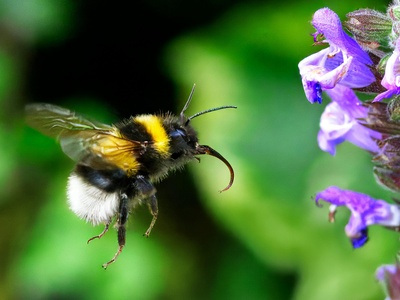
Bumblebee
A large, fuzzy bee known for its loud buzzing sound. Unlike honey bees, they typically nest underground in small colonies and are excellent pollinators.
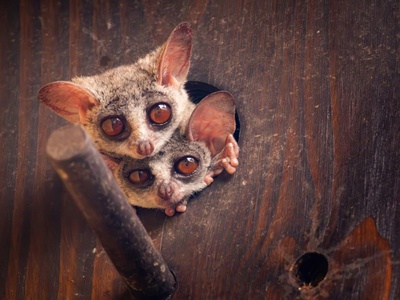
Bush Baby
A small, nocturnal primate known for its large eyes, powerful hind legs for jumping, and a distinctive, baby-like cry. Also called a galago.
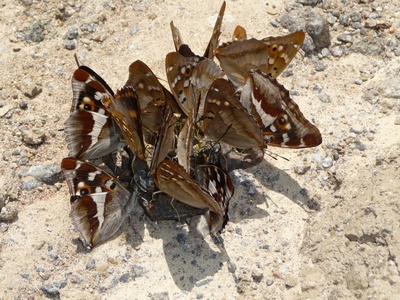
Butterfly
Insects famous for their large, often brightly colored wings and their life cycle of metamorphosis from a caterpillar. They feed on nectar from flowers.
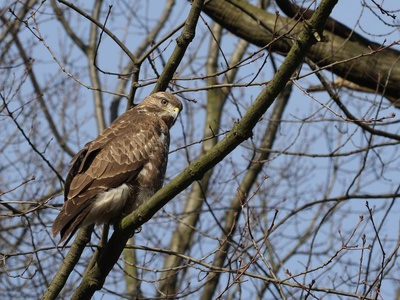
Buzzard
A medium-to-large bird of prey with broad wings and a robust body. In North America, the term “buzzard” often refers to vultures.
